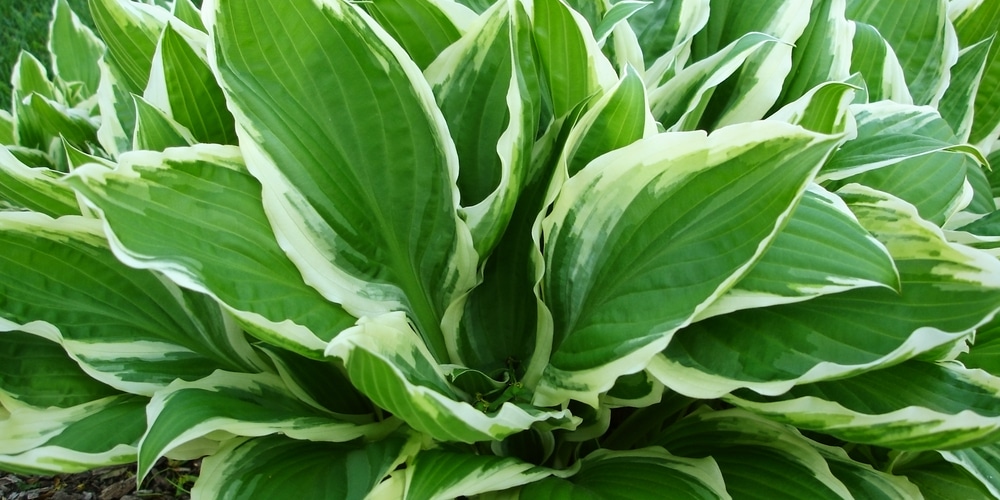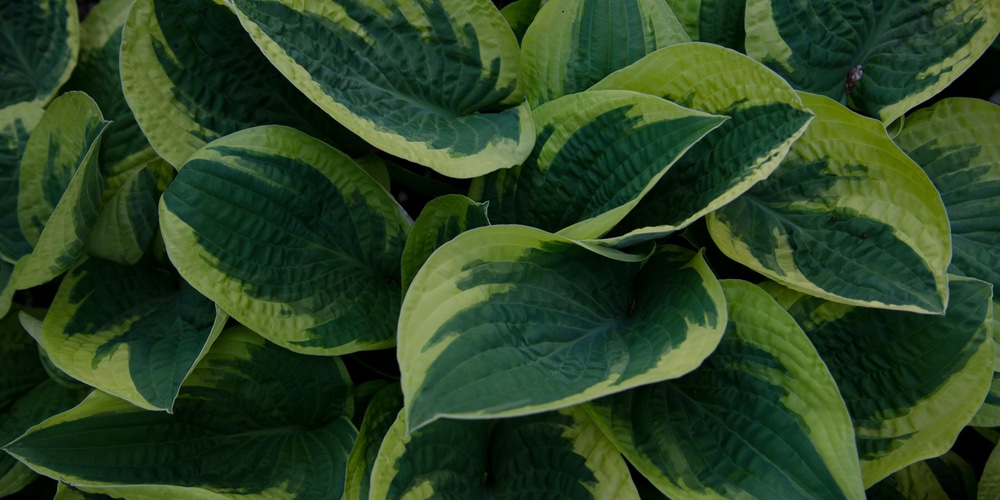Like most gardeners, you probably have a few hostas planted in your yard.
Hostas are hardy plants that can tolerate various conditions, making them a popular choice for gardeners. But just because they’re tough doesn’t mean they don’t need some TLC during the winter.
This blog post will discuss how to winterize your hostas and what to expect once the cold weather sets in. So read on to learn more!
Hostas and Winter Damage
Hostas are one of the most popular perennials, prized for their large, beautiful leaves. However, these plants are not without their problems.
One of the biggest threats to hostas is winter damage. The plant leaves are very susceptible to frost damage, and even a light frost can brown and kill the leaves.
In addition, the roots of the plant are also vulnerable to cold damage. As a result, hostas must be carefully protected during the winter months.
Winterizing On The Ground Hostas
Hostas are a versatile and popular plant known for their wide range of leaf shapes and colors. However, they are not frost-resistant and must be protected from the cold to survive the winter months. Here’s what you need to do to winterize your hostas:
Prune in the fall.
Cut back the leaves of your hostas to about six inches above ground level. This will help prevent frost damage and allow the plant to focus its energy on its roots.
Do not fertilize.
Fertilizing your hostas in the fall can do more harm than good. The plant is preparing for winter and needs to put all its energy into surviving the cold months. Fertilizing will only make the plant produce more shoots and leaves, thereby wasting energy that could be used for survival.
Clean up.
Remove any dead leaves or debris from around your hostas. Debris will likely cause unnecessary moisture to build up around the plant, leading to root rot.
Apply mulch liberally.
Once your hostas are pruned and cleaned, apply a layer of mulch around the base of the plants. This will help insulate the roots and prevent them from freezing.
Check for damage regularly.
Throughout the winter, check your hostas for signs of frost damage. If you see any brown or wilted leaves, cut them off immediately.
Winterizing Hostas in Pots
If you grow hostas in containers, you must ensure they are kept safe from severe colds, fluctuating temperatures, and dampness. This can be achieved by growing hostas indoors.
In general, container hostas will be exposed to wind-chill temperatures far lower than they would if planted outside. In addition, when the sun warms the container, moisture will accumulate on top of frozen roots in the pots and promote root rot. There are multiple ways to winterize potted hostas.
One option is to wrap the pots in bubble wrap or Styrofoam. This will help reduce temperature fluctuations and protect the roots from wind chill.
It is essential to keep the potting mix moist but not soggy. This can be accomplished by placing a layer of mulch on top of the soil.
Bring them back outside gradually. In the spring, when the threat of frost has passed, slowly acclimate your hostas to being outside again. Start by placing them in a shady spot for a few hours each day and gradually increasing their sunlight exposure over a week or two.
Another option for potted hostas is to put the whole pot in the ground. This is only possible if you have a well-draining spot in your yard that does not freeze solid in the winter. If you do, dig a large enough hole to accommodate the pot and plant the hosta at the same depth it was growing.
Applying mulch around the base of your plants is a great way to insulate their roots and protect them from the cold. Mulch is usually made from organic materials like leaves, bark, or wood chips, and it helps to keep the ground around the plants warm by trapping heat from the sun.
It also helps to prevent weed growth and conserve moisture. However, you should remove the mulch in early spring, once the threat of frost has passed.
What to Expect After Winterizing Your Hostas
After taking the necessary steps to winterize your hostas, you can expect them to go dormant for the winter.
During this time, the plant will not grow or produce leaves. However, the roots will continue to grow and develop, preparing the plant for the spring growing season.
Once spring arrives, your hostas will begin to sprout new leaves and shoots, emerging from their winter dormancy. With proper care, your hostas will thrive and provide you with beautiful foliage for years to come!
Hostas winterizing: Conclusion
In conclusion, winterizing your hostas is a great way to ensure they stay healthy and bloom for years to come.
By following the steps above, you can rest assured that your plants will be well-protected against the cold weather. So what are you waiting for? Get started today!


